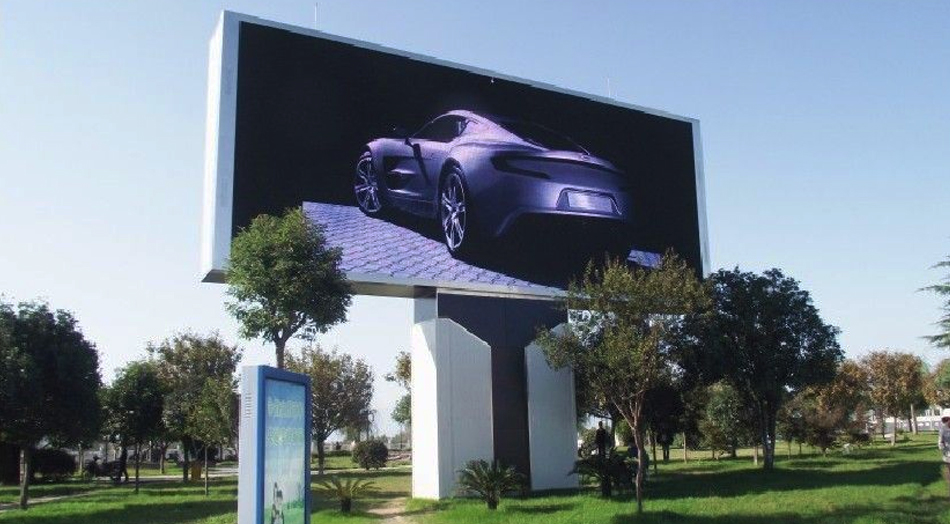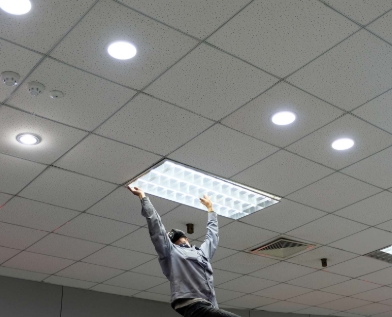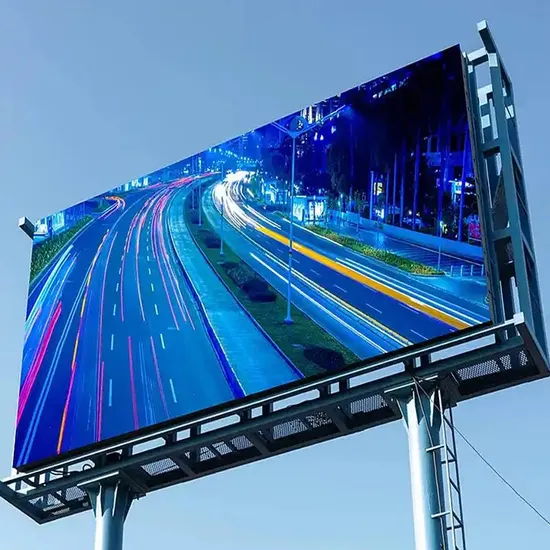Trends in LED display technology for advertising and events
Trends in LED Display Technology for Advertising and Events Meta Description (SEO):Discover the latest trends in LED display technology for advertising and events. Learn how Indoor LED Panels, Outdoor LED Panels, and advances from top Manufacture of LED Panels are shaping visual communication worldwide. The Rise of LED Display Technology Read more




